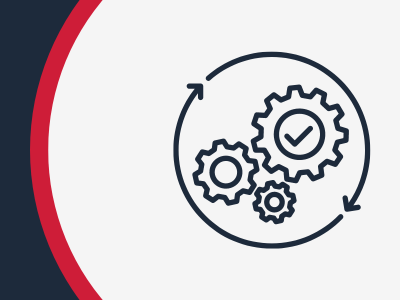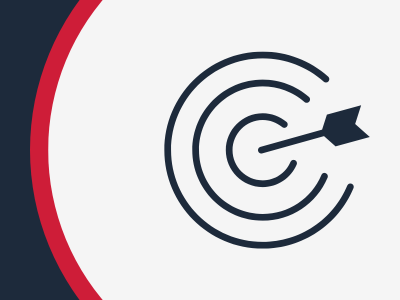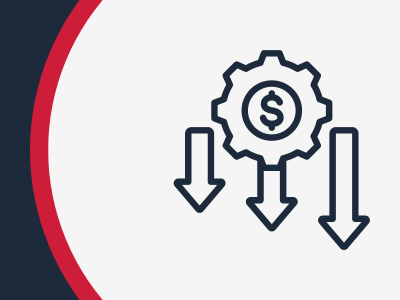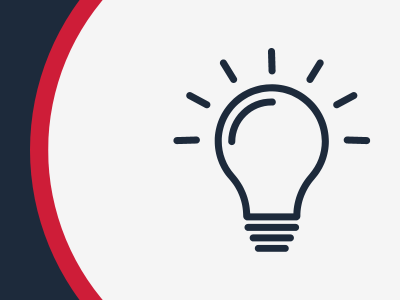
Design automation is transforming design processes in businesses across a huge range of industries. As a design engineer, understanding the fundamentals of this can significantly improve your productivity and creativity. This introductory guide aims to give you an introduction to the basics of design automation, exploring its principles, benefits and how to get started.
What is Design Automation?
Design automation is the use of software tools and technologies to automate repetitive and time-consuming tasks within the design process. This can range from generating complex models and simulations to automating code generation and design validation. By using design automation you will be able to focus more time on innovation and less on mundane, routine tasks.
Key Principles of Design Automation
Standardization
One of the core principles of design automation is standardization. By establishing standardized procedures and templates, automation tools can efficiently replicate manually intensive tasks.
Modularity
Modularity involves breaking down complex designs into smaller, manageable modules or components. Automation tools can then process these modules individually, making them easier to update, maintain and scale up.
Reuse
Reuse is a significant advantage of design automation. Once a process is automated, it can be reused across multiple projects. This not only speeds up the design process but also ensures consistency and compliance.
Integration
Design automation tools often integrate with other software and systems, creating a seamless workflow. For example DriveWorks design automation integrates with SOLIDWORKS to enable the automatic creation of accurate SOLIDWORKS manufacturing drawings.
Benefits of Design Automation
Increased Efficiency
Automating repetitive tasks delivers a reduction in the time required to complete projects. This increased efficiency enables design engineers to take on more projects or focus on more complex aspects of their work.


Improved Accuracy
Automation technology minimizes human error, leading to more accurate and reliable designs. This is particularly crucial in manufacturing, where accuracy of custom designs is key to efficient work flows between design and production teams.
Cost Savings
While there is an initial investment for some automation tools, the long-term cost savings are substantial. Reduced costs, minimized errors, and faster projects completion times can all contribute to financial savings.


Innovation & Creativity
With routine tasks handled by automation technology, design engineers have more time to focus on new product design and creative problem-solving. This can help with fostering a culture of innovation and improve speed to market for new product launches.
Getting Started With Design Automation Tools

Identify repetitive tasks
The first step in implementing design automation is identifying tasks that are repetitive and time-consuming. These tasks are a great place to start with automation and can provide immediate benefits once automated.

Choose the right technology
Selecting the appropriate technology is crucial. Consider the specific needs of your industry and workflow. Research available software and choose tools that offer the features and integrations that best suit your requirements. Explore tools that offer free trials such as DriveWorks Solo to see if the technology works for your business.

Start small and scale
Begin by automating a few key tasks to see immediate benefits. As you become more comfortable with the tools, gradually expand automation to other areas of your workflow. This phased approach ensures a smooth transition and allows you to adjust as needed. DriveWorksXpress is the free design automation tool you already have inside SOLIDWORKS.
Activate your free license of DriveWorksXpress in the SOLIDWORKS tools menu

Glen Smith, DriveWorks CEO & Design Automation Expert
“Engineers are creative people, but their talents are often wasted on tasks that could be automated. They have less time to re-engineer existing designs, update drawings and carefully check every detail. Jobs are thus left vulnerable to errors, rework, backlogs and delays. All of this is not only frustrating, but it can also affect profit margins and damage reputation.
By automating time-sensitive and often repetitive upfront activities, companies have more time to innovate and add value to product designs. Throughput is increased and quality improves, resulting in higher productivity and better business.”
DriveWorks Design Automation Customer Story

KARACA GEMI, based in Turkey, is among the world leaders in developing and producing ship windows, glass, wiper, and frame constructions.
Karaca Gemi started their design automation journey with a free 30-day trial of DriveWorks Solo.
They use DriveWorks to automatically create custom SOLIDWORKS parts, assemblies, and drawings to meet customer requirements. DriveWorks also automatically saves the generated SOLIDWORKS files in PDF, DWG, and STEP format, ready to be sent to the customer.
Using DriveWorks Solo, Karaca Gemi respond to customers quickly with 3D models of their customized products as well as key sales documents, including BOMs and quotes.